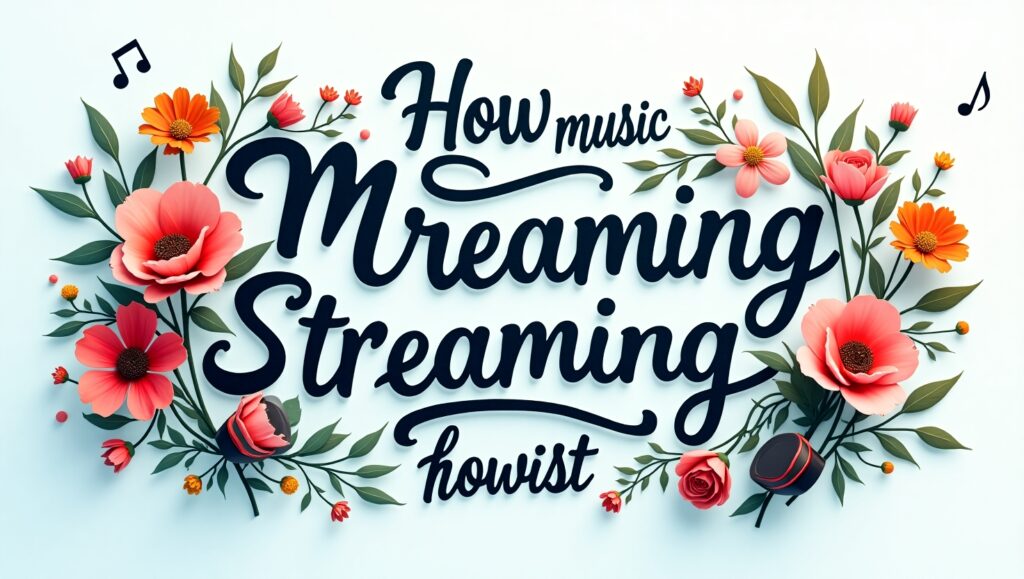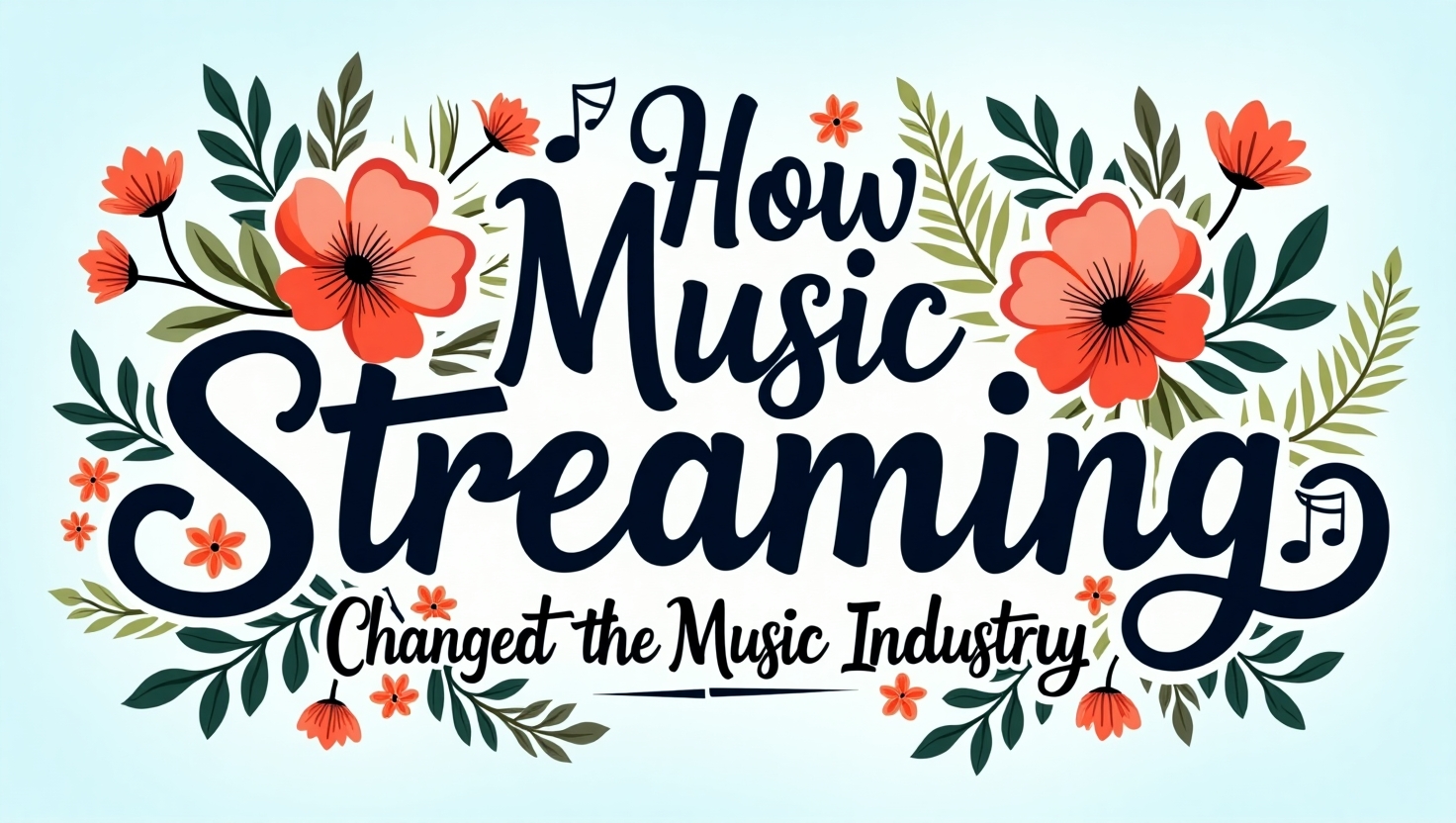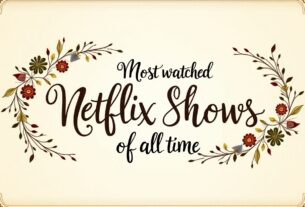The music industry has seen a seismic transformation in the previous two decades. From vinyl and CDs to MP3s and now streaming services, the way we consume music has evolved tremendously. Among these innovations, music streaming stands out as the most transformative. Platforms like Spotify, Apple Music, Amazon Music, and YouTube have transformed how artists share their work, how listeners access music, and how the entire business earns cash.
This essay discusses how music streaming revolutionized the music industry — for better and for bad — and what it implies for the future of music.
From Physical Sales to Digital Access
Before streaming, music listeners relied on physical media like CDs, cassette tapes, and vinyl albums. In the early 2000s, digital downloads (like iTunes) allowed people to purchase and own individual tracks or albums. However, this model still had constraints – songs were bought individually, and ownership was important.
With the emergence of streaming services in the 2010s, a huge shift happened. Listeners could now access millions of music on demand without owning a single file. This transition created a subscription-based or ad-supported approach that offered ease, affordability, and customisation.
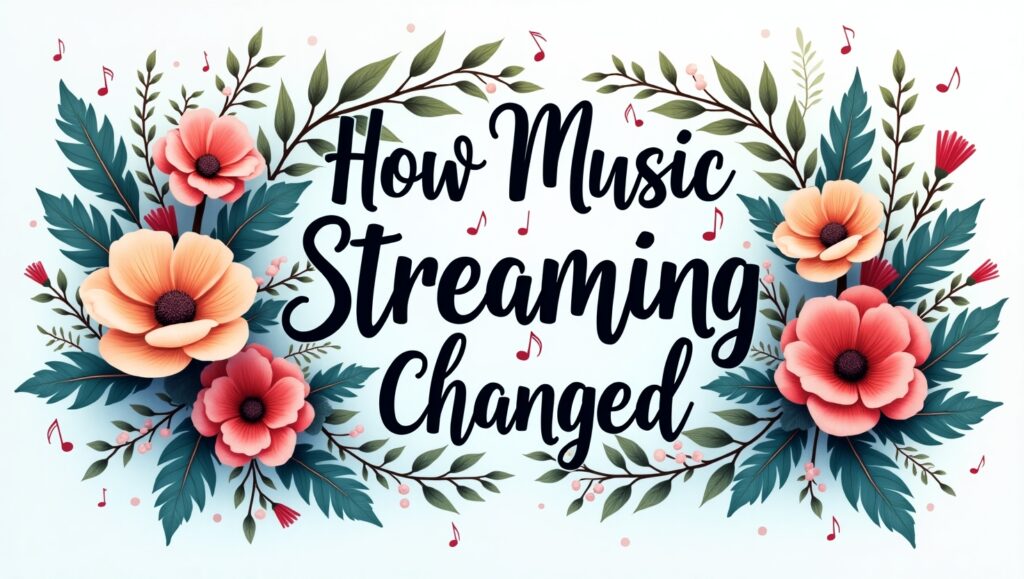
Democratizing Music Access
One of the most notable benefits of streaming is how it democratized access to music. No longer do fans need to spend money for every album or single—they can browse an artist’s whole repertoire with a few taps.
Streaming also erased geographical constraints. A listener in Pakistan can instantaneously stream a jazz track from New Orleans or a K-pop smash from Seoul. Global access is no longer a luxury; it’s the norm.
Empowering Independent Artists
Streaming platforms have enabled independent and emerging artists in a level that was once inconceivable. Previously, musicians had to rely on record labels to produce, distribute, and market their music. Today, anyone with talent and an internet connection can post songs to platforms like Spotify or SoundCloud and possibly reach millions.
This level playing field has helped unearth new talent from all corners of the planet. Viral blockbusters and breakout stars now often come from unexpected places, all because to the power of streaming algorithms and social sharing.
The Downside: Revenue Challenges
While streaming has offered many benefits, it’s not without controversy. Artist remuneration has been a contentious topic. Unlike CD or digital download sales where artists received a clear share, streaming pays fractions of a cent each stream. For example, Spotify apparently pays roughly $0.003 – $0.005 each stream.
This means that even millions of streams may not result in a sustainable income unless the musician has a strong fan following or tours often. Smaller artists and songwriters sometimes feel left behind in this new structure. Record labels and IT corporations still take a big cut of the earnings.
Data-Driven Success
Streaming services employ data and algorithms to recommend music. This has revolutionized how songs are sold and consumed. Artists today pay close attention to:
Listener behavior
Playlist inclusion (like “New Music Friday”)
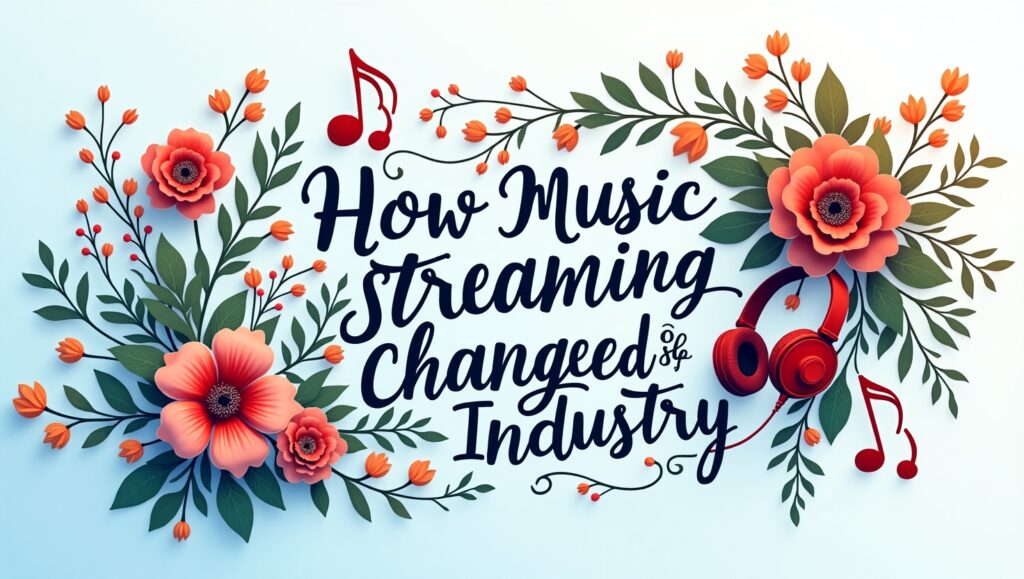
Skip rates and replay value
The result? Songs have gotten shorter, hooks appear earlier, and intros are faster—all geared to keep listeners engaged and enhance stream counts. Music is becoming more optimized for platforms, much like social media material is.
The Role of Playlists
Playlists have become the new radio. Curated playlists on Spotify, Apple Music, and YouTube have the ability to start careers. Being added to a large playlist might mean exposure to millions of listeners overnight.
This trend has made playlist curators—both algorithmic and human—some of the most powerful people in the business. Songs are now composed, released, and promoted with the purpose of landing on high-traffic playlists.
Boosting Genre Diversity
Streaming sites have also helped specialized genres develop. Unlike radio, which caters to mainstream tastes, streaming allows listeners to explore any style, from lo-fi beats to Afro-pop to instrumental jazz.
This has produced new subcultures and fanbases, providing musicians in less mainstream genres a chance to be heard and appreciated without needing a top chart smash.
Piracy Decline
Before streaming became ubiquitous, music piracy was a huge concern. Illegal downloading on sites like Napster or torrent platforms generated enormous income losses. Streaming gave people a legal, affordable, and convenient alternative.
As a result, piracy rates have declined dramatically, putting more money back into the music industry and encouraging content creators to share music more freely.
Future of Music in the Streaming Era
As streaming continues to dominate, the industry is still evolving. Artificial Intelligence (AI), virtual concerts, and blockchain technology are already altering the way music is generated and consumed.
New obstacles like playlist gatekeeping, artist burnout, and algorithm dependency are growing, but so are new opportunities. The future may see artists obtaining more control over their work, new funding structures, and even more direct ties with fans.
Conclusion
There’s little doubt that music streaming transformed the music industry forever. It gave accessibility, worldwide reach, and creative flexibility like nothing before. But it also presented new issues, especially around fair artist compensation and digital domination.
Still, the benefits exceed the downsides for many, and the power of music is stronger than ever. In a world where everyone can press play and discover something new in seconds, music has truly become borderless, limitless, and ageless.
